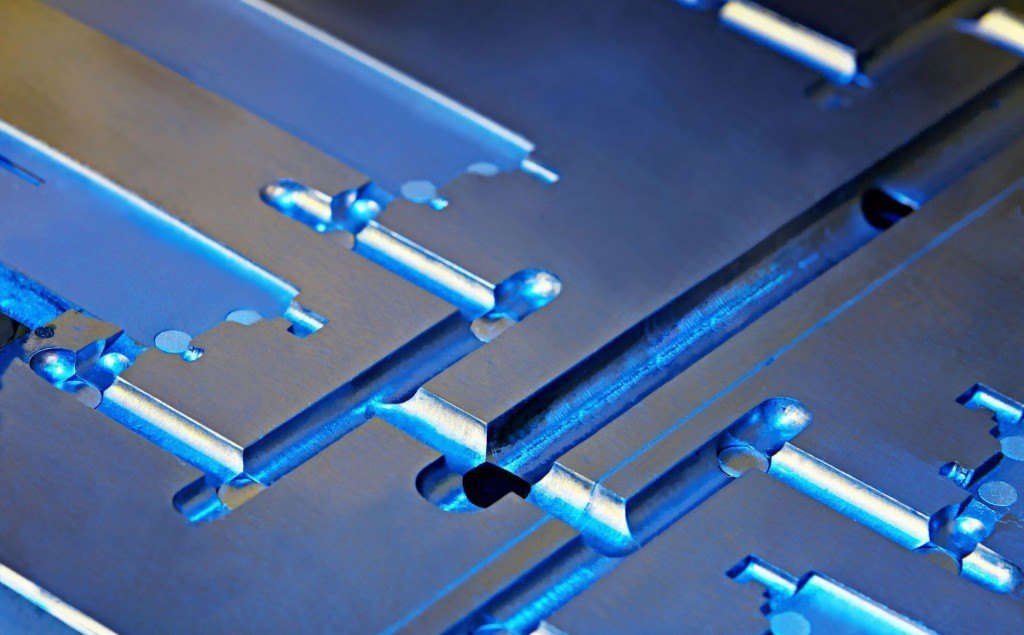3 Advantages and Disadvantages Of Plastic Injection Molding
Posted on Dec. 20, 2015, 6:23 p.m. by Team VendOp
Tweet
If you’re reading this blog, you probably already have at least some familiarity with plastic injection molding. As you are likely aware, this is one of the most commonly used manufacturing processes, and creates an enormous number and wide range of parts and pieces. I would bet that there are a dozen of such items within your arm’s reach as you’re reading this. It’s expected that the global market for plastic injection molding will reach $252 billion by 2018.
As a quick review, plastic injection molding is the process wherein a plastic medium is fed into a heated barrel, mixed, “plasticized”, and then injected into a mold, where it’s given its shape, and allowed to harden into the desired product. There are a lot of reasons why it’s become such a popular process. Let’s take a look at a few of the advantages of injection molding.
It’s highly accurate
This is one of the greatest advantages of injection molding. In fact the level of precision is so high (typically within about 0.005 inches), that it can be used to create almost any sort of plastic parts. Once the mold has been designed and fabricated, the process is virtually error-free, as well as incredibly consistent, even with highly complex designs. Also, because of the high degree of accuracy, there is typically very little if anything in the way of post-production work remaining to be done after the part comes out of the mold.
It’s a cost saver, in a number of ways
To start with, injection molding is incredibly fast. As with any process, there will be some variation depending on the complexity of the part you’re making and the mold. But in most cases, you’re probably looking at only about 15 to 30 seconds between cycles.
Labor costs are low. Although creating the mold does may take considerable time and effort, that’s likely to make up about 90% of the job. Once the mold is ready, you have a tool which can run in an automated, self-gated, very streamlined process, which little to no hands-on supervision required. This results in a process which becomes even more cost-efficient as the volume of the production run increases.
There is very little waste in production. Not only is there a high rate of accuracy in design, but any excess material or scrap can be ground down and reused, since most plastics are recyclable. This is not only a cost-saver, but it also increases the sustainability of the process.
It’s highly flexible
Injection molding allows for variety in the materials and colors of the parts you’re producing. Once the mold is in place, it’s easy to adjust what you’re going to be injecting into the mold.
There’s also lots of room for flexibility in design, as long as you keep in mind a few general limitations, mostly centering around the fact that the mold is made up of two halves that pull apart to open, and that it can only produce completely solid parts.
In summary, there are of course some disadvantages and limitations to the process as mentioned, and in particularly the work involved in creating the mold eliminates its use for small production runs. But for high volume production, the advantages of injection molding are tremendous, which accounts for its high level of popularity in manufacturing.
This sounds wonderful and great, but there is always a catch.
High Startup Cost
To begin making a part using injection molding, you need a mold. This can be pricy depending on the size and geometries of the part. Mold cost can range from a few thousand to tens of thousands of dollars depending on the size and complexity. Ways to keep down the cost is to create “soft” molds using aluminum, which reduces the number of parts that can be made before a new mold is needed, or to off shore the making of the mold, which can lead to another whole set of problems.
Long Lead Time
You have to make the mold and “dial it in” prior to starting production. You can expect this process to take anywhere between 5-12 weeks. If you are in a big hurry to get parts out the door, typically injection molding is the right process to start with.
Difficult to Modify
Molds are made of metal. To make any modifications to the final part, the molds have to be modified. Making a part larger is simple by removing more material from the mold and are normally called “steel safe” or “mold safe” modifications. Making a part “smaller” or removing a feature requires add material back to the mold, these modifications are much more difficult or even impossible. Keep this in mind when designing a part if you are unsure of the final dimensions or features.
Subscribe To Our Blog
Receive updates when we post new and exciting content.
Contribute To Our Blog
Do you have a great idea for a blog post that would resonate with the VendOp community? Reach out to us and share your ideas. We love working with passionate people to bring great articles to our members.
Recent Posts
About Us
VendOp is the world's leading B2B vendor review website. Get advice and feedback from real customers for companies that provide over 500 different products and services.
Understand what to expect from the companies before purchasing or signing a contract. Join VendOp today and start sourcing your vendors with confidence.
